Italian fashion is known the world over for its innate sense of elegance. Knowing how to dress means not only wearing beautiful clothes that enhance us, but knowing how to choose what is most suitable for each occasion. Here are the ‘ten commandments of italian style’, to always keep in mind (unless your name is Anna Piaggi), accompanied by the words ‘of those who know’.

Elegance is not about being noticed, it's about being remembered
The influence of Italian Style in the world
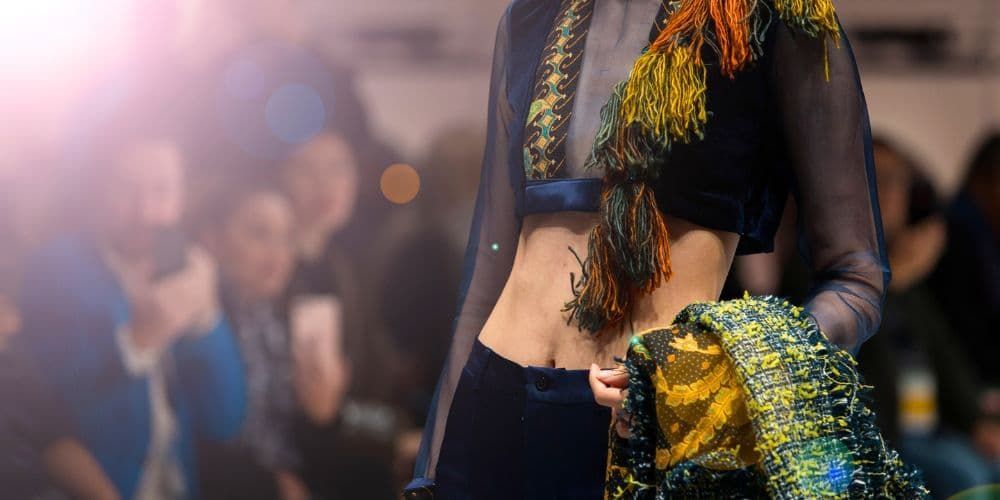
Some people believe that wearing a dress we like can make us feel good all the time. So no matter where you are and what you are doing there, whoever is in front of you must give importance to your inner beauty and not to your appearance. Unfortunately, this is not always the case, and in some cases the tables of the ten commandments of fashion and style should fall from the sky on the heads of those who are still convinced that in everyday life ‘how we present ourselves’ does not play its part. Imagine walking around in a white dress at a wedding and being mistaken for the bride, or turning up dressed in purple at a theatre performance.
Realising that they have chosen the wrong look can make even the most established stars parading on the Oscar red carpet feel uncomfortable, accustomed to wanting to be noticed at all costs, but also not immune to unforgivable style slips. And memorable ones. As Giorgio Armani says: ‘Elegance is not to be noticed, but to be remembered’. Surely, it's better if it doesn't happen because we screwed up big time!
Another quote I really like is by Coco Chanel: ‘Before you go out, look in the mirror and take something off’ and in this King Giorgio also agrees: ‘The law of luxury is not to add, but to take away’. In short, the basis of everything is sobriety and measure.
Even though presumably a wrong outfit of ours would be less in the spotlight than that of a VIP, there are a few simple rules to follow in order to avoid gross mistakes. Moreover, the right outfit on the right occasion is also a form of respect towards those present, a way of letting them know that we know where we are and why we are there. Italian style is an indicator of elegance and confidence, fine garments and quality fabrics, Made in Italy when it comes to clothing is a certainty never to go wrong.
Visit to the Salvatore Ferragamo MuseumListen to “10 Guidelines for Italian style” with the voice of Monna Lisa & Leonardo
10. Office dress code
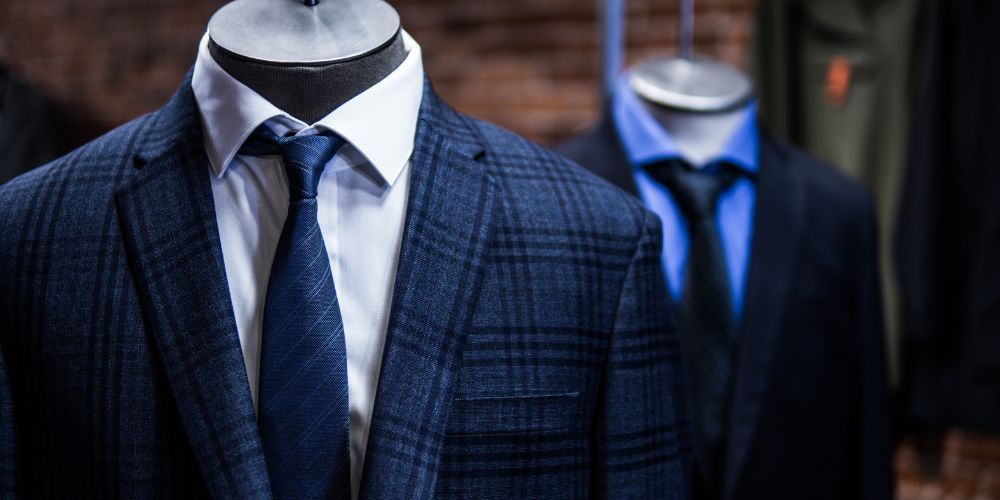
And people think that clothes don't make the man... when we're in the office, especially if we hold positions of responsibility and prestige, they do. The right dress code for this environment, in reality, is more than one and depends precisely on our work position. Business-casual is generally fine, but for those in managerial positions, a more formal style is more appropriate: business-formal or full-business. Let's look at the differences.
Full-business is the height of formality, so a suit and tie for him, while for her, a suit and white shirt or a little black dress with a fitted blazer. A little less rigorous is the business-casual, which focuses on softer colours and avoids the use of a tie.
Another type of 'office outfit' is when we go for a job interview. In this case, it is preferable to choose a formal look, but it is also good to add a pinch of creativity and colour, always without exaggerating. OK with heels for women, but remember... don't overdo it with the centimetres! And woe to you if you put on your jeans ripped. Trouble for you! If, on the other hand, the interview was for a job as a bartender in a youth club or as a saleswoman in a fashion shop, the rules would be different.
Style is having the courage to make your own choices, and also the courage to say no. It is taste and culture.
9. The ‘non-dress code’: the casual style
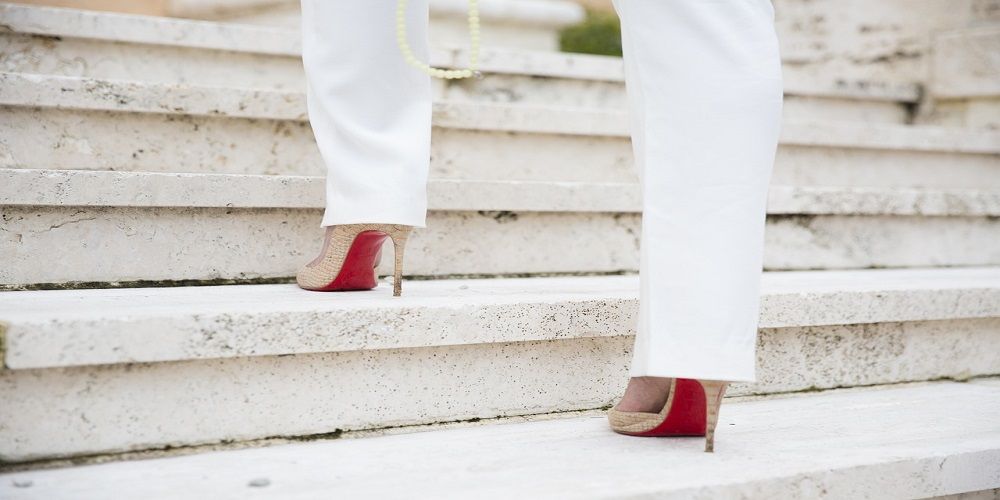
Casual is - precisely - a "non-dress-code", which means comfortable, practical and personally expressive. We can relax and wear whatever we want, so the variety of clothes it includes is really wide. Smart casual is a style somewhere between formal and casual, so not jacket and tie, but still an outfit made up of sober and refined garments, always well matched. A jacket or blazer, a shirt with a mandarin collar for him, smart or skinny trousers, skirts and dresses for her. And when it comes to shoes, loafers, boots and ankle boots, Oxford shoes and trainers are all the rage.
8. Formal daytime elegance: the sprezzatura of Italian style
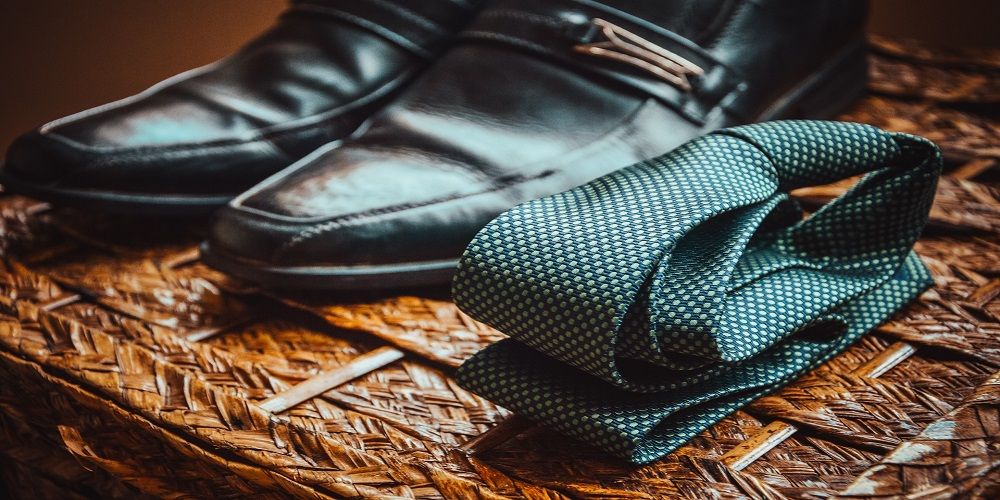
Slightly less demanding than the evening dress, for the girls it calls for a longuette dress below the knee in plain colours or with delicate prints without too much cleavage or transparency. As for the rest, a small to medium-sized bag and closed or Chanel shoes. We can also add a hat (if we find the right one, it will give us a very sophisticated look). The man can wear a dark blue or grey suit, even a split one, with a plain tie and, as for the shirt, it should be white or the same colour as the suit. Italian sprezzatura is the art of making what is difficult look easy. Those who possess this skill are able to combine elegant garments with style and fantasy, staying in the sober but with a touch of the eccentric. Sprezzatura for men is an elegant and sophisticated yet casual and casual hostile.
7. The ‘after five’ cocktail dress code
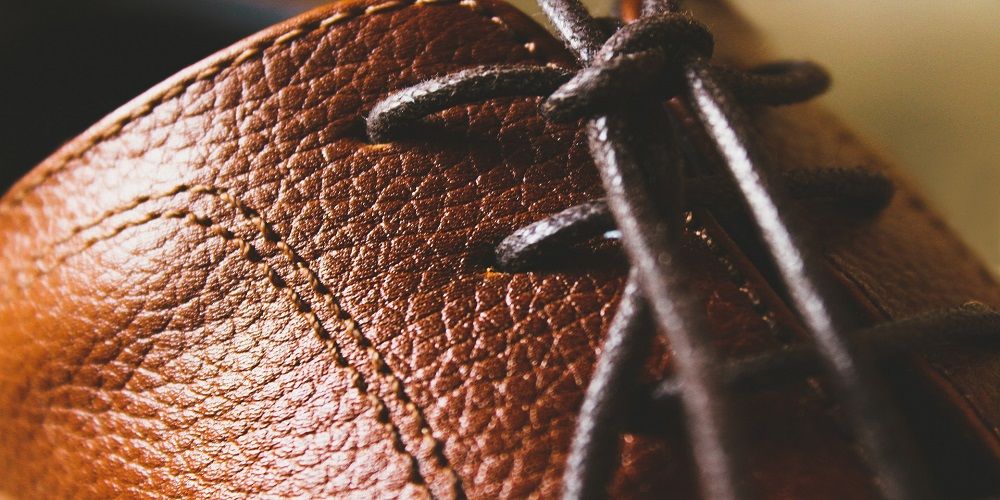
Finally, it's the cocktail hour! We can put our work clothes in the wardrobe and choose a look that makes us feel sexy and charming. He will look great in chino trousers or plain jeans and a shirt that is never short-sleeved, she in a brightly coloured above-the-knee dress in the eternal black dress or petite robe noir. Heels? Obviously yes. The bubbles will do the rest...
6. The elegant dress code for the evening
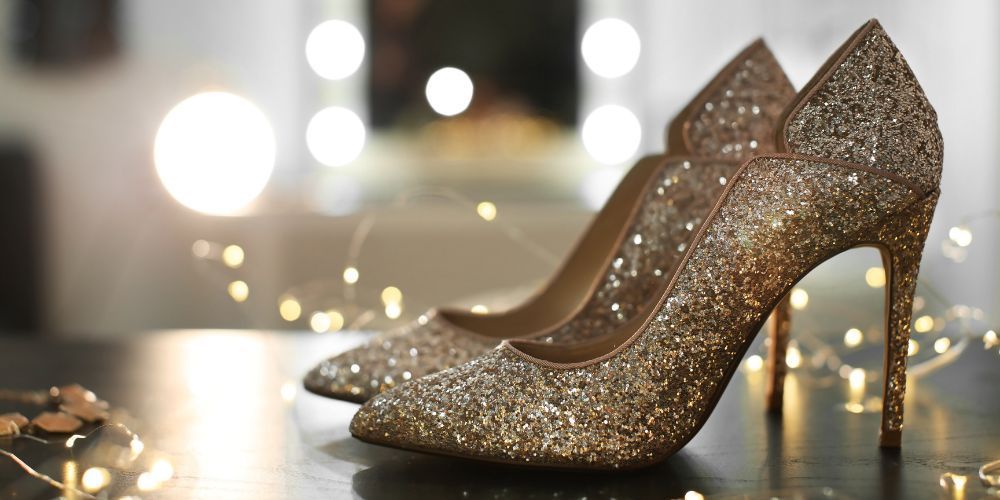
Who knows why, every time I think of this kind of look, I imagine a handsome James Bond waiting on my doorstep. When an elegant and formal evening dress-code is required, it means that the man should wear a dark suit (grey, midnight blue or anthracite) and dark tie, belt and matching shoes, while the woman should have a long dress without a train, closed shoes, a small bag and jewellery (no costume jewellery). In the case of particularly elegant ceremonies, the high quality of the fabrics is also very important. A little tip to prevent the pain of high heels from ruining your posture: always have flats with you, they will be your lifeline.
5. The look of great occasions: the elegance of the Black Tie
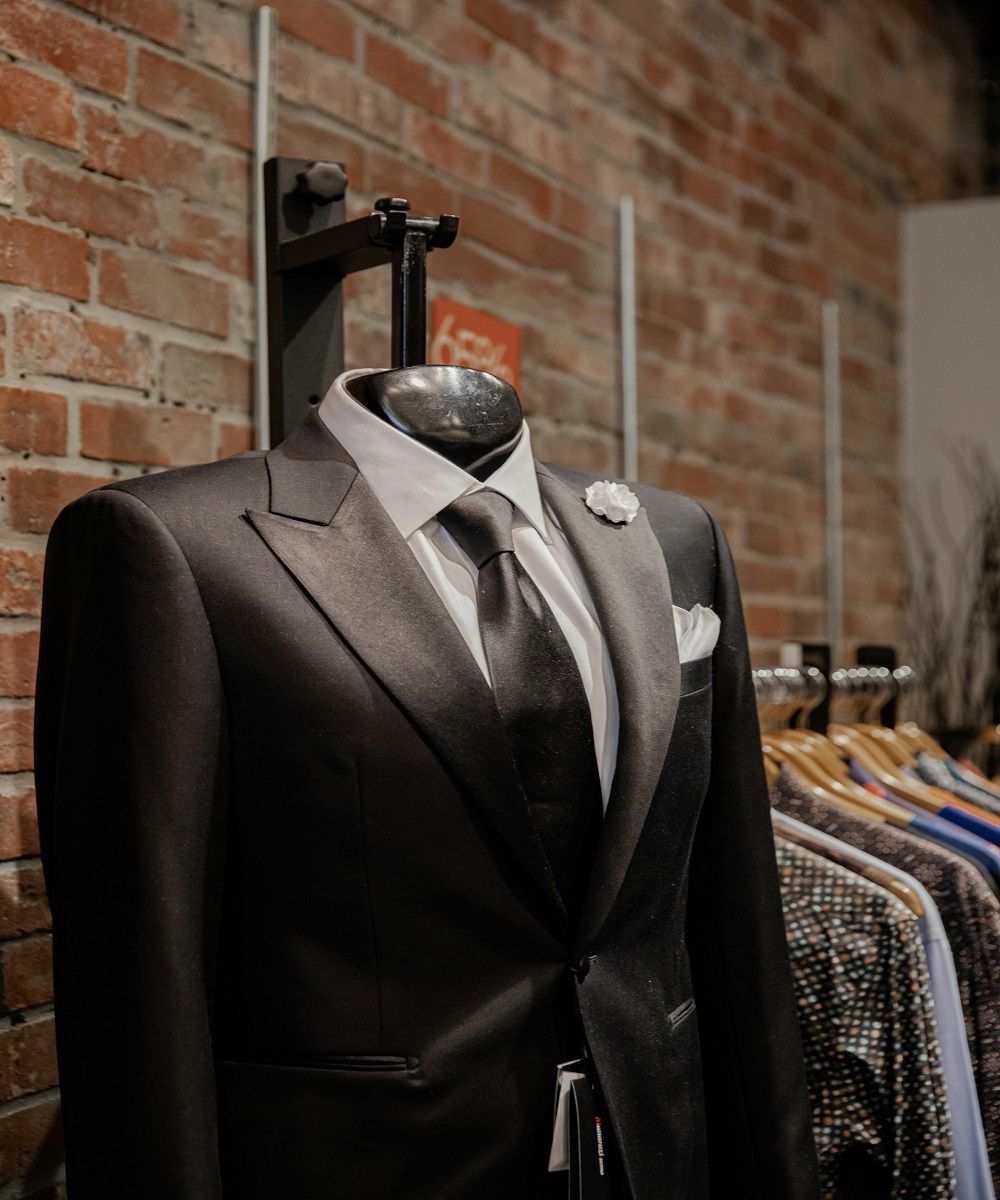
These are occasions that don't usually come around very often, but when they do, it's a shame to ruin them with the wrong outfit. The dress code black tie is the formal attire par excellence, which is only used when specified on the invitation or for a gala dinner or a theatre premiere. In this case, the label indicates for men the use of a dinner jacket with a black bow tie (note: bow tie not tie), white shirt, cufflinks and shiny black leather shoes. For women, there is a little more flexibility in the sense that the perfect dress code for the evening is a long dress that covers the ankle, but in the summer an elegant knee-length cocktail dress is also fine, possibly dark or in an absolute colour, embellished with jewelled accessories; as an alternative to skirts, for those who don't like them, a formal dark or luxuriously white suit is also OK.
- Andy: Do you think it suits me? - Nigel: Oh yes! A bit of lube and a fishing line and you're done!
4. How to dress at a wedding

Oh my God, what am I going to wear to the wedding? Will I still fit in that dress? Before any kind of panic assails us, let's remember one thing very well. The first rule of a wedding look is to choose the right colours: no red, total-black and total-white, and always avoid the colour of the bride's dress. Purple and total looks in metallic colours are also a bad idea and should only be used for accessories or a few details.
The rest depends on the location of the wedding: if we are in a church the shoulders should be covered, if it is a civil ceremony it is not necessary; if the ceremony will take place in an old villa a rather classic look is advisable, while the ideal outfit in a farmhouse or outdoors is a bit more informal. The time of day also influences the choice of dress for ladies: a long dress is suitable for the afternoon or evening but not for the morning, a nice sheath dress is always fine as long as it includes a few extra centimetres of fabric for the skirt. In general, too skimpy and transparent dresses are not appropriate for this kind of ceremony, because the guests should remember how beautiful the bride was and not the lingerie of some of the guests.
I hope it's useless to say that shorts and sports trainers should not be worn... and as for bags, a shoulder bag or clutch is much better than a maxi bag.
For men, however, it is forbidden to wear a dinner jacket, a look that is only allowed for the groom, but a dark suit with a shirt and tie is perfectly fine. A touch of class: the belt-shoe combination. Always appreciated.
3. How to dress for ceremonies: versatile formality
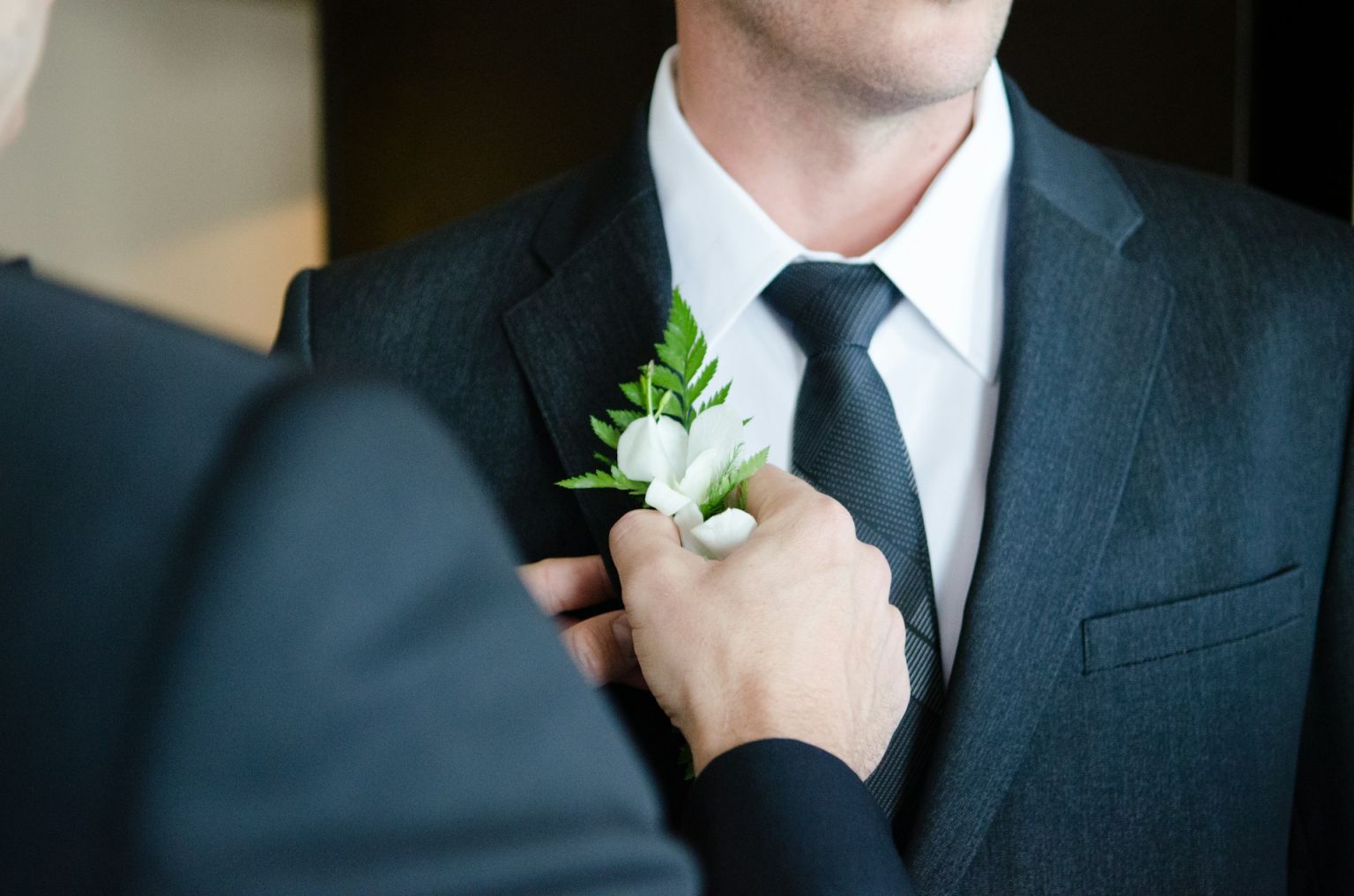
Baptisms, communions and confirmations leave room for creative and informal elegance, which does not apply to the godfather or godmother, who should be a little more formal. Italian style requires elegance but not too much, the important thing is to be appropriate for the location and obviously at peace with oneself. Because apart from the right outfit for the ceremony, it is extremely important to feel comfortable in that outfit, to exaggerate would mean no longer being yourself and distorting yourself. The right clothes for all body types.
2. Even mourning has a dress code: how to dress at a funeral
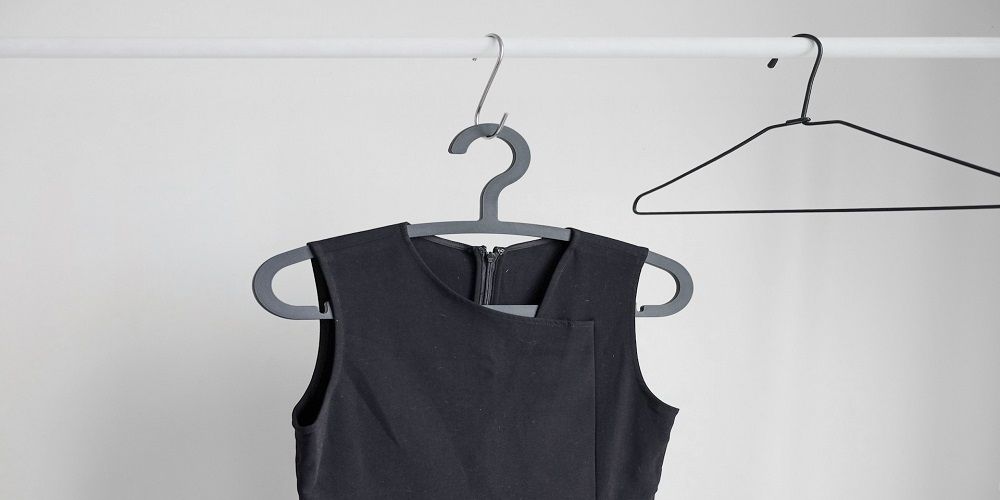
Funerals aren't what they used to be when it was compulsory to wear black, but they are certainly a delicate occasion and you need to wear a look that expresses respect. Avoid overly sporty items such as torn jeans and light shades, and don't even think about wearing animal prints and neon colours.
In the society of appearances, one needs to appear, but being is still basically a value today. I believe that appearing is short-lived, but being is for life.
1. Dress alone is not enough, style is elegance
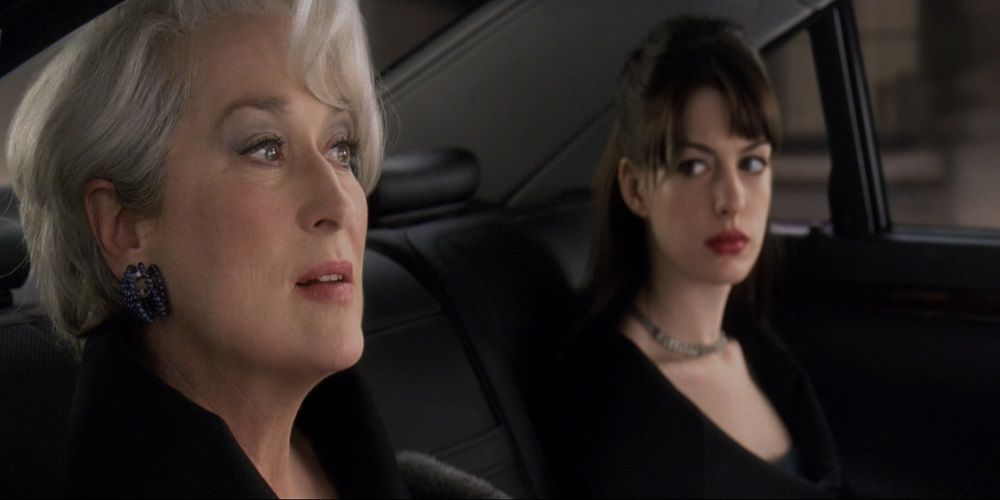
You browsed some website or some magazine, maybe you got your inspiration from Best Magazine. Inspiration came and you created the perfect ouftit with what you found in your wardrobe. Good. You have created the outfit perfectly by carefully choosing the garments, the colours, the length of the skirt or trousers, you have created your style, but it is still not enough.
Here's the tenth commandment we must never forget: everything must be taken care of, make-up, hair, beard, hands... and our bearing is the first thing we must value. Elegance is like a light breeze that sends a shiver down the spine of the beholder, not a punch in the face. Everything must be in harmony.
So, dear readers, to say goodbye I would like to leave you with a quote taken from one of the most iconic and ironic films made about the world of fashion: "The Devil Wears Prada", starring the incomparable Meryl Streep. May it ring in your ears like a chilling warning every time you open your wardrobe.
"-Miranda: So you don't read Runway?
- Andy: No.
- Miranda: And you've never heard of me before today?
- Andy: No.
- Miranda: And you have no idea about style, fashion sense...
- Andy: Well, I guess that depends on what you're...
- Miranda: No, that wasn't a question..."
About the author
Written on 28/08/2021


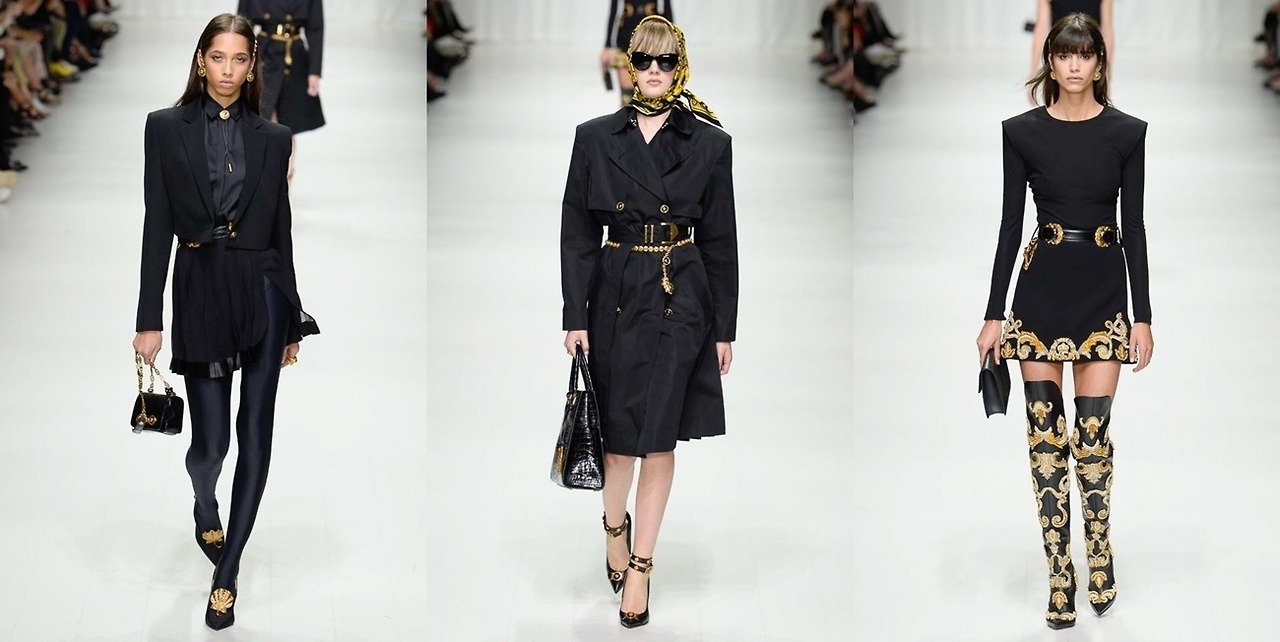

Chiara Musino
The 10 guidelines of Italian style that will make your look shine. From iconic garments to winning combinations inspired by Made in Italy.